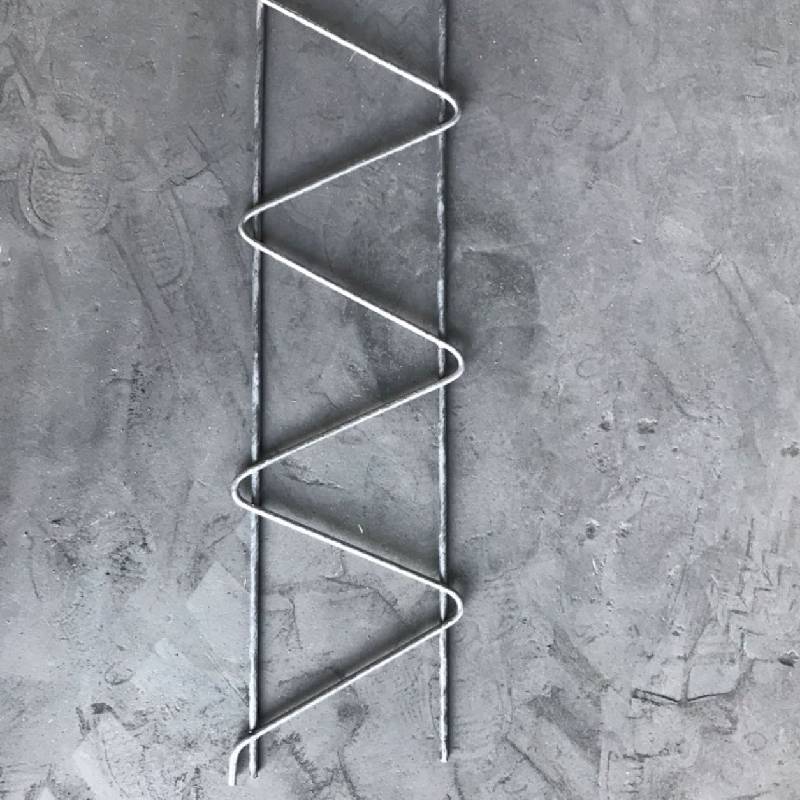
- Mobile Phone
- +8613931874955
- sales@cntcmetal.com
field fence installation
Field Fence Installation A Comprehensive Guide
Field fencing is an essential element for land management, agriculture, and livestock protection. Installing a field fence not only helps to secure your property but also plays a crucial role in managing animals and maintaining the integrity of your land. In this article, we will explore the steps, materials, and best practices involved in field fence installation, ensuring that you have a sturdy barrier that meets your needs.
Choosing the Right Materials
The first step in field fence installation is selecting the appropriate materials. The choice of fencing material will depend on several factors, including the type of animals you are containing, local weather conditions, and your budget. Common materials for field fencing include
1. Wire Fencing This is perhaps the most prevalent choice for agricultural field fencing. It can be barbed wire, woven wire, or electric fencing. Barbed wire is effective for containing livestock, while woven wire offers increased security and protection against smaller animals.
2. Wood Fencing Wooden fences are aesthetically pleasing and provide a strong physical barrier. However, they require more maintenance than wire fences and can be more expensive.
3. Vinyl Fencing Although a bit pricier, vinyl offers a long-lasting solution with minimal maintenance. It can withstand harsh weather conditions without rotting or deteriorating.
When selecting materials, consider the specific needs of your property and the animals you intend to keep.
Planning the Layout
Once you have chosen your materials, the next step is to plan the layout of your fence. Determine the perimeter you wish to enclose and mark the corners using stakes. Ensure that the layout follows the natural contours of the land for easier installation and a more aesthetically pleasing outcome.
Measure the distance between the corner posts. Typically, these should be placed every 8 to 12 feet, depending on the type of material used. Make sure to account for gates and any other access points you may need.
Installing the Fence Posts
field fence installation

Installing the fence posts is a critical step in the process. Begin by digging post holes approximately 2 feet deep, ensuring they are wide enough to accommodate the post, typically around 4-6 inches in diameter, depending on the size of the post.
After digging the holes, place the posts in the holes and fill with a mix of gravel and soil to provide stability. If you're using treated wood or metal posts, you may want to use concrete to secure them further. Make sure the posts are plumb and level before filling the holes completely.
Attaching the Fencing Material
Once your posts are securely in place, it’s time to attach the fencing material. If using wire fencing, begin at one corner post and unroll the wire along the line of posts. Use fencing staples or wire ties to attach the wire to the posts securely.
If you are using a combination of materials, such as wooden rails and wire, install the rails first and then attach the wire fencing to the rails using fence ties. Make sure the wire is pulled tight to prevent sagging.
Gates and Access Points
Incorporate gates at necessary points for easy access. Installing a gate requires a bit more attention to detail. Ensure that the gate posts are set deep enough and evaluate the appropriate hardware for your gate. Heavy-duty hinges and a latch system will ensure that your gate remains functional and secure.
Final Inspection and Maintenance
After the installation, inspect the entire fence for any weaknesses or gaps that may need addressing. Check that all the posts are firm and that the fencing material is secure.
Routine maintenance is crucial for preserving the integrity of your field fence. Regularly inspect your fence and perform any necessary repairs, such as replacing damaged sections or tightening loose wires.
Conclusion
Installing a field fence may seem daunting, but by following these steps and considering the right materials, size, and layout, you can create a durable and effective barrier for your property. A well-constructed fence not only protects your livestock and land but also enhances the overall value of your property. Whether you are an experienced farmer or a weekend landowner, taking the time to install a high-quality field fence will pay dividends for years to come.
share:
-
Creative Ways to Decorate Your Tomato CageNewsAug.22,2025
-
Common Mistakes When Installing Brick Wall TiesNewsAug.22,2025
-
Customizing Conical Springs for Aerospace ApplicationsNewsAug.22,2025
-
Galvanized Tie Wire for Binding PipesNewsAug.22,2025
-
Environmental Impact of Using Snake Spacers in PlumbingNewsAug.22,2025
-
Sacrificial Formwork Systems for Complex StructuresNewsAug.22,2025
-
Wall Ties for Concrete: Invisible Guardians of Building Structural StabilityNewsAug.08,2025
